
AeroGenie — Your Intelligent Copilot.
Trending
Categories
Passengers Report Cockroaches on AI Flight from San Francisco to Mumbai; Airline Launches Investigation
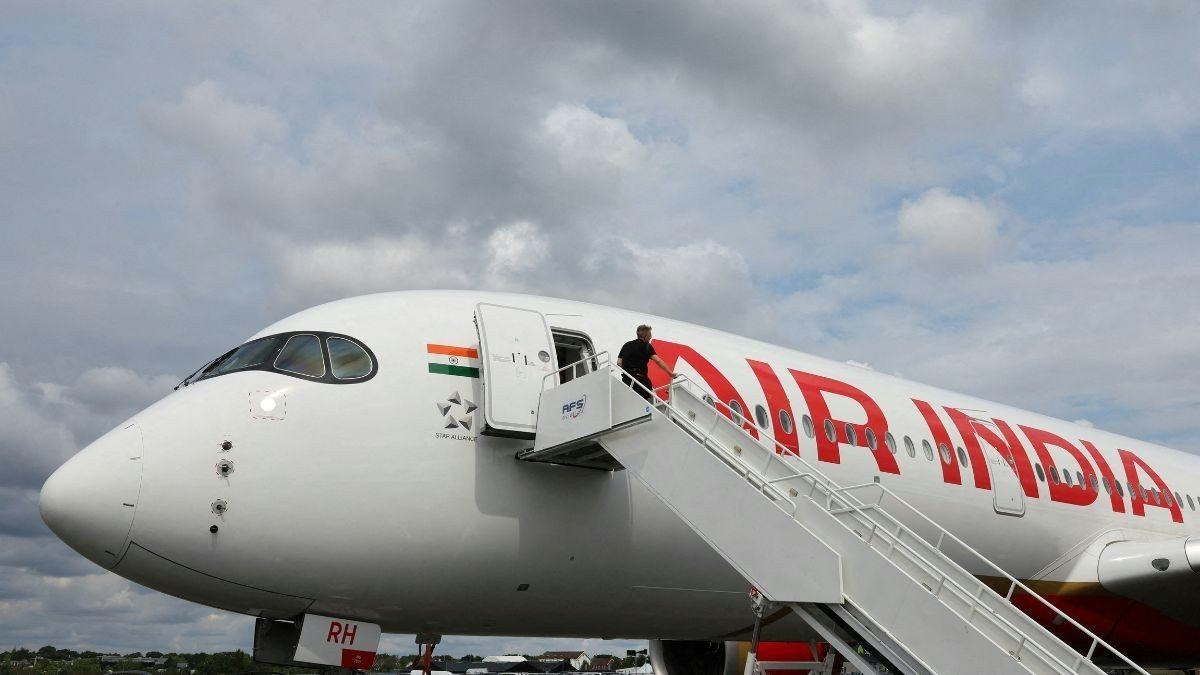
Passengers Report Cockroaches on Air India Flight from San Francisco to Mumbai; Airline Launches Investigation
Passengers aboard an Air India flight from San Francisco to Mumbai reported sightings of small cockroaches during the journey, prompting the airline to initiate a comprehensive investigation. The flight, operated with a Boeing 777 aircraft as confirmed by flight tracking service Flightradar24.com, underwent a thorough cleaning during its scheduled stopover at Kolkata airport early Monday morning.
Concerns Over Hygiene and Industry Implications
The discovery of cockroaches onboard has raised serious concerns regarding Air India’s hygiene standards. Such incidents pose significant challenges for the airline, as they can severely damage its reputation and erode passenger confidence. Industry experts warn that this could lead to a decline in bookings and potential legal consequences if affected passengers pursue compensation. Additionally, rival carriers may capitalize on the situation by positioning themselves as safer and more reliable alternatives, thereby threatening Air India’s competitive standing in the market.
Airline Response and Future Measures
In response to the incident, Air India has pledged to conduct a thorough investigation to identify the source of the infestation and to implement measures aimed at preventing similar occurrences in the future. The airline reaffirmed its commitment to passenger safety and comfort, highlighting the immediate actions taken during the Kolkata stopover to address the issue.
The effectiveness of Air India’s investigation and the transparency of its response will be critical in restoring passenger trust and mitigating potential repercussions. Both industry observers and travelers are closely monitoring how the airline manages the aftermath of this incident.
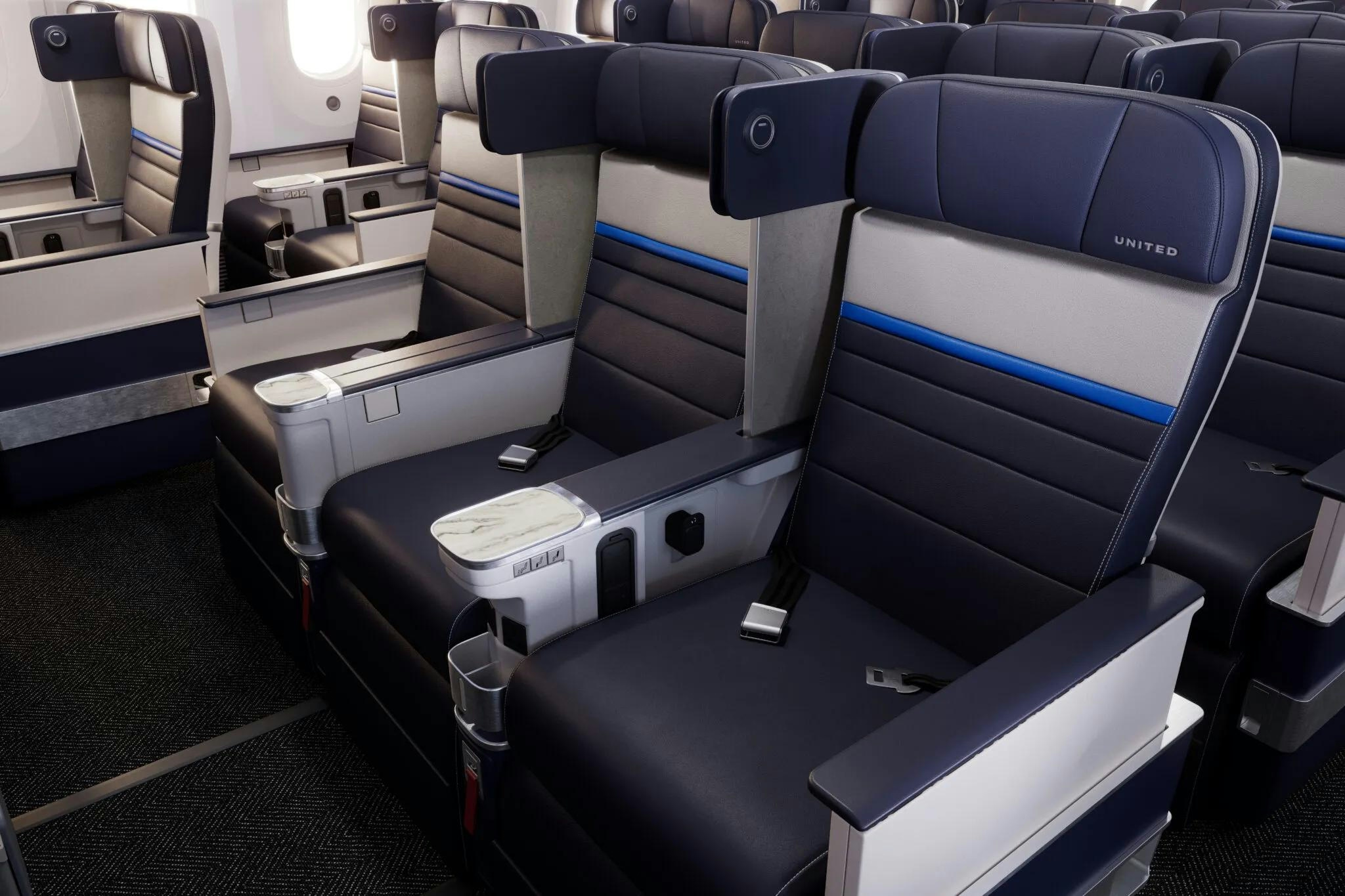
United Airlines Announces Routes for New Premium Boeing 787s
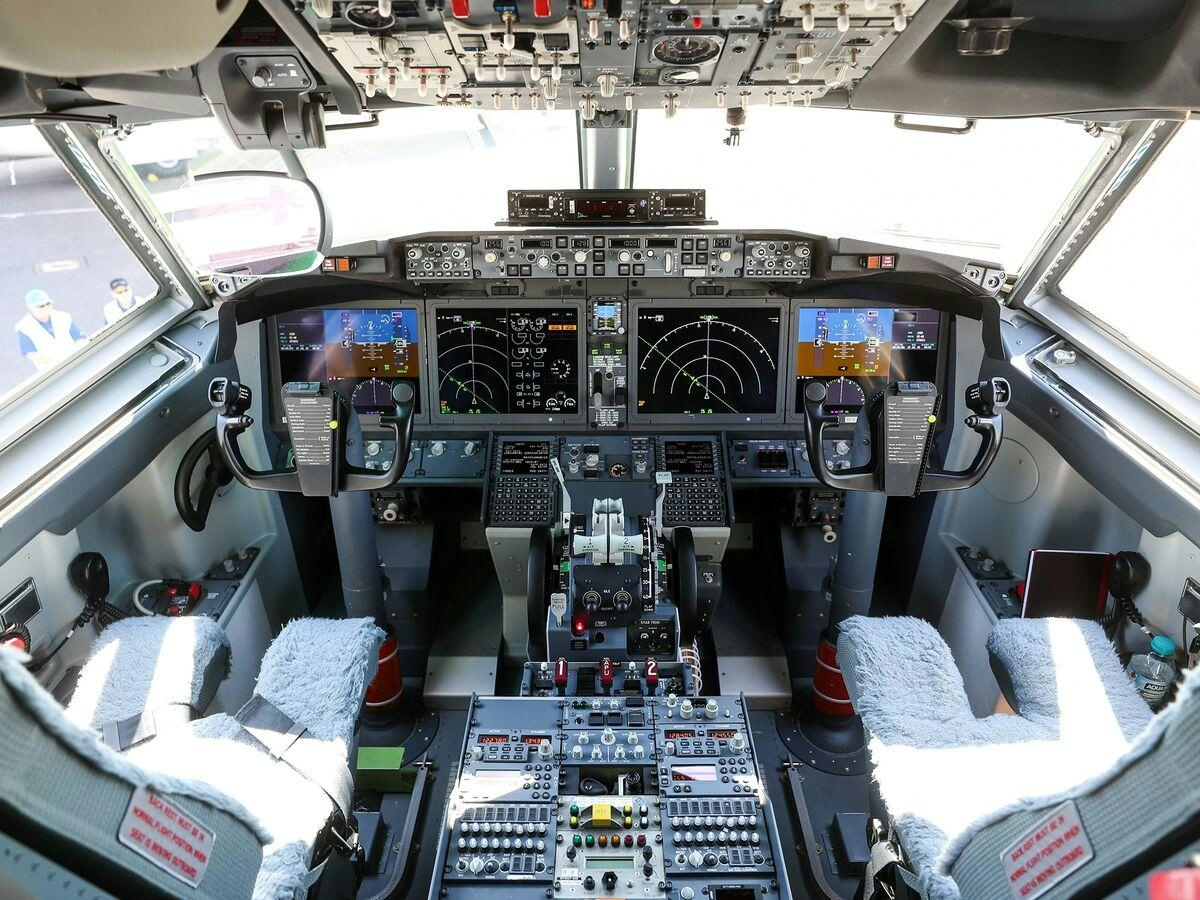
Boeing Introduces Remote Co-Pilot Technology
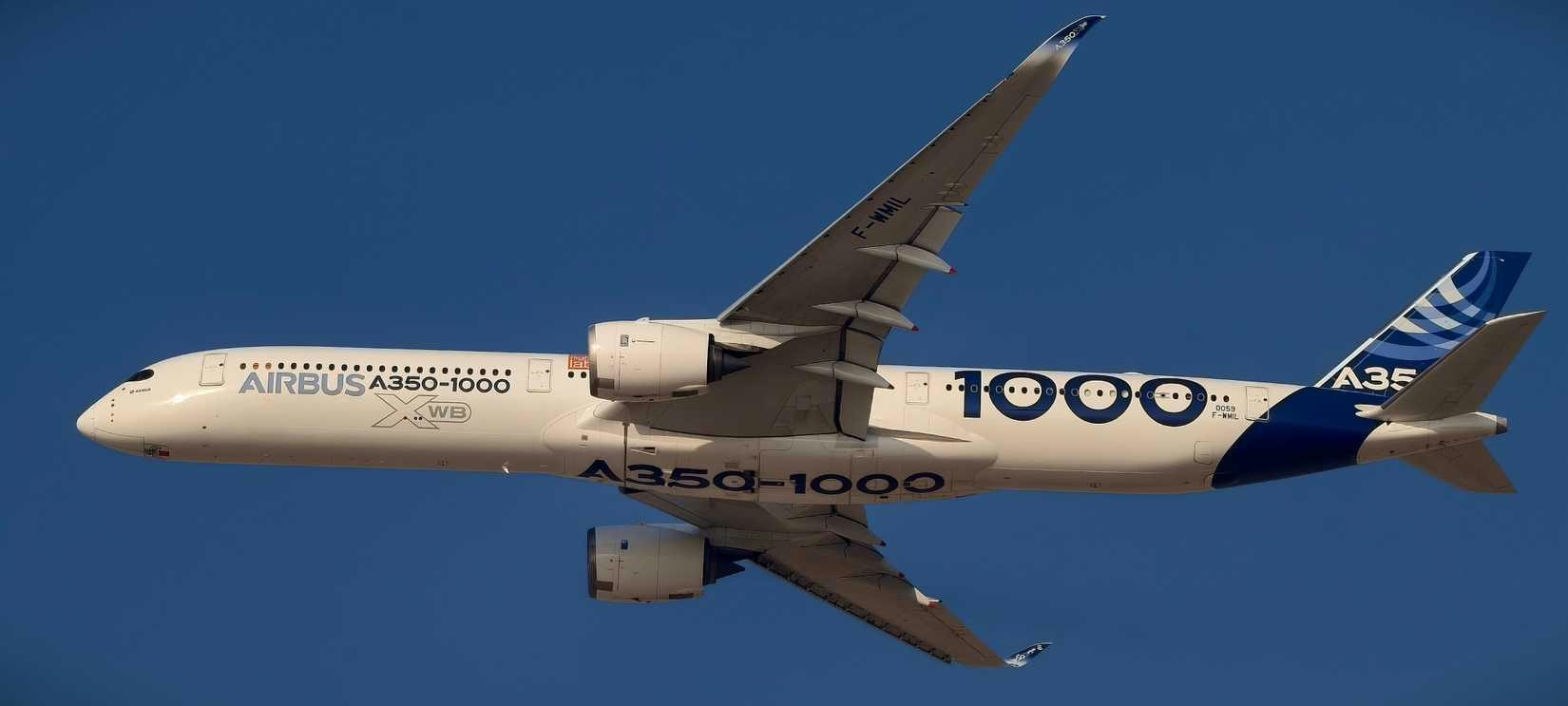
The Airbus A350-1000’s Fuel Efficiency Advantage Explained
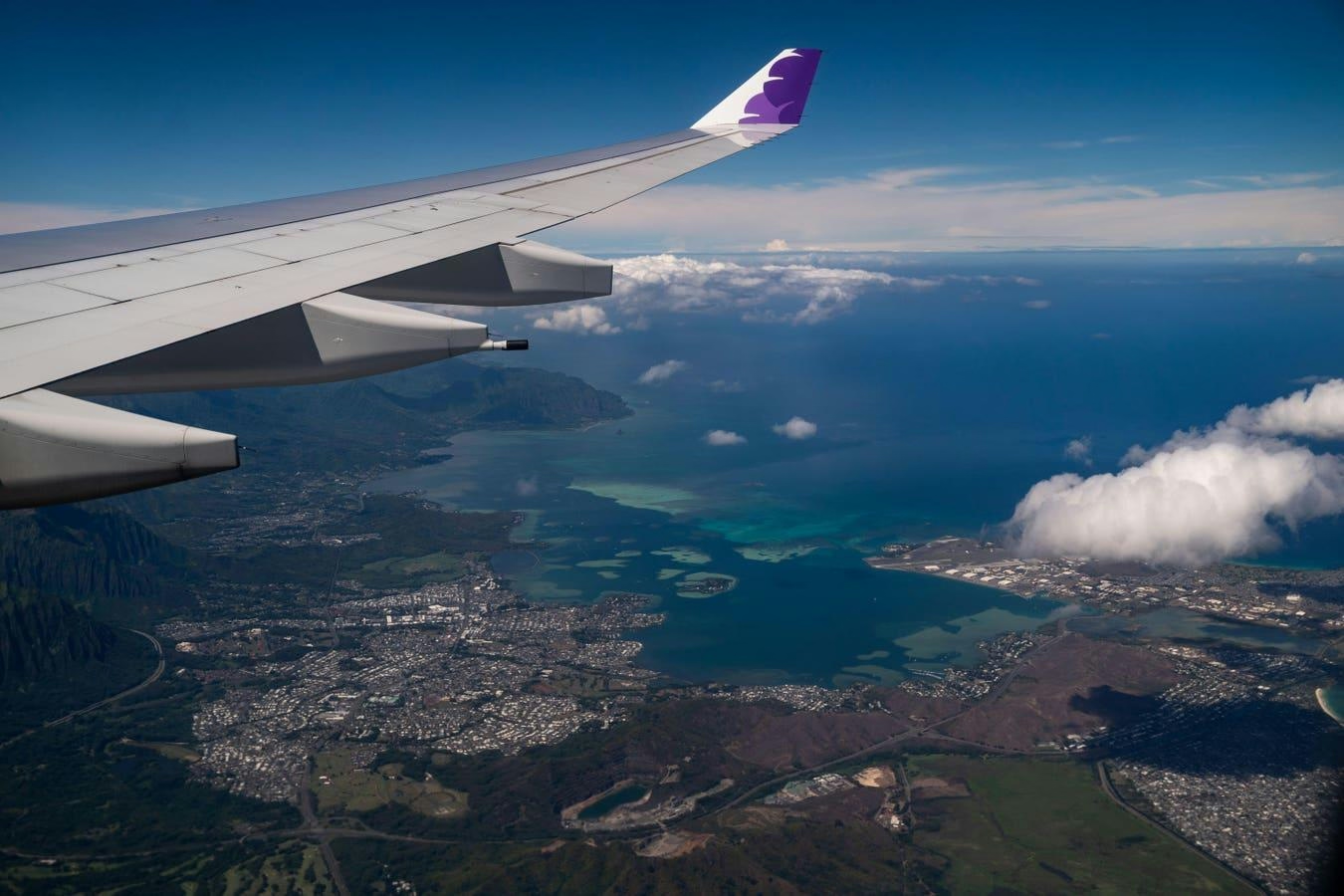
McNally Capital Expands Aviation Operations to Support Global Tourism

Two Young Climbers Begin Winter Ascent of McKinley

Elroy Air’s Autonomous Chaparral Delivers Lunch on A-to-B Flight
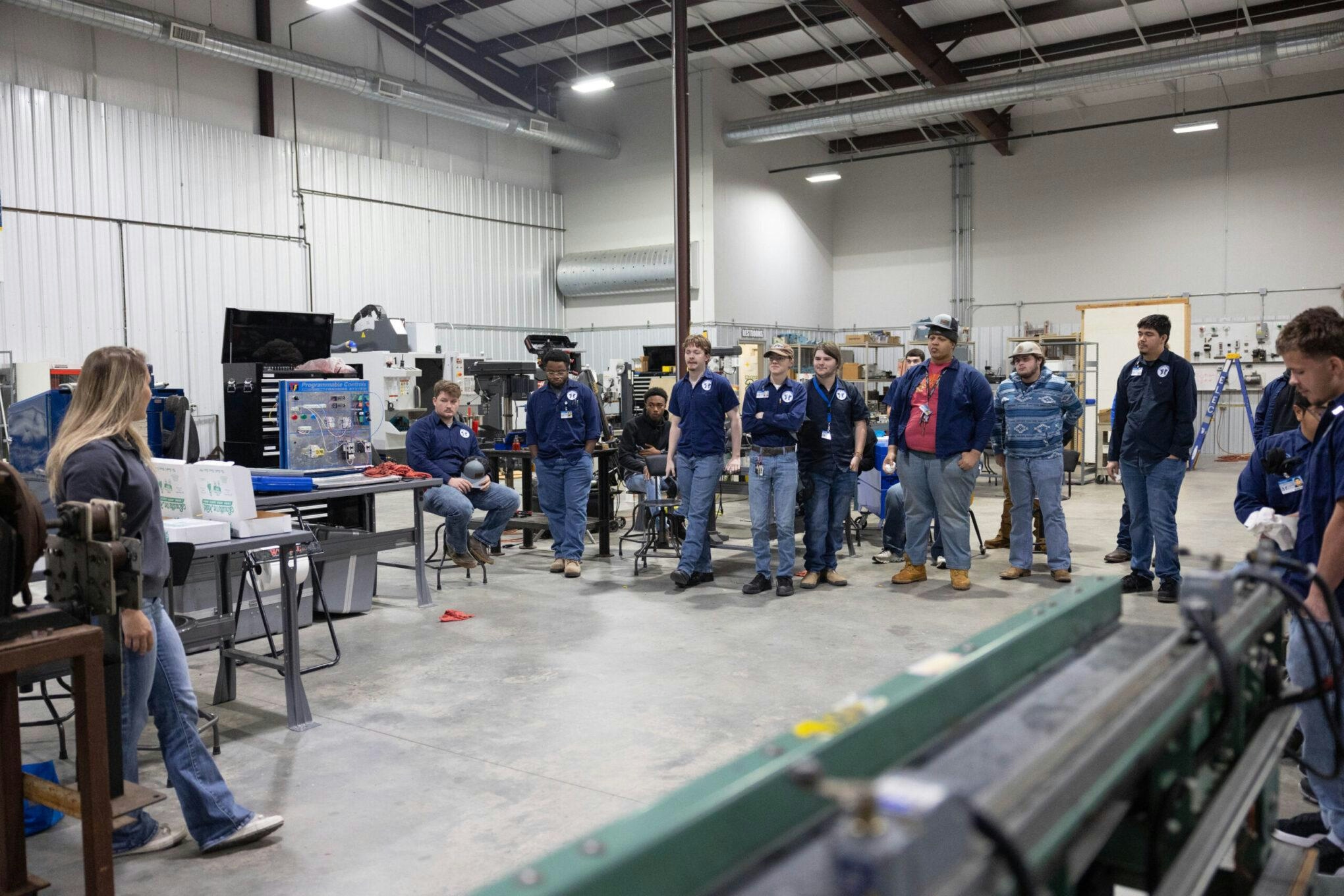
Texarkana College Holds First Graduation for Aviation Maintenance Technician Program
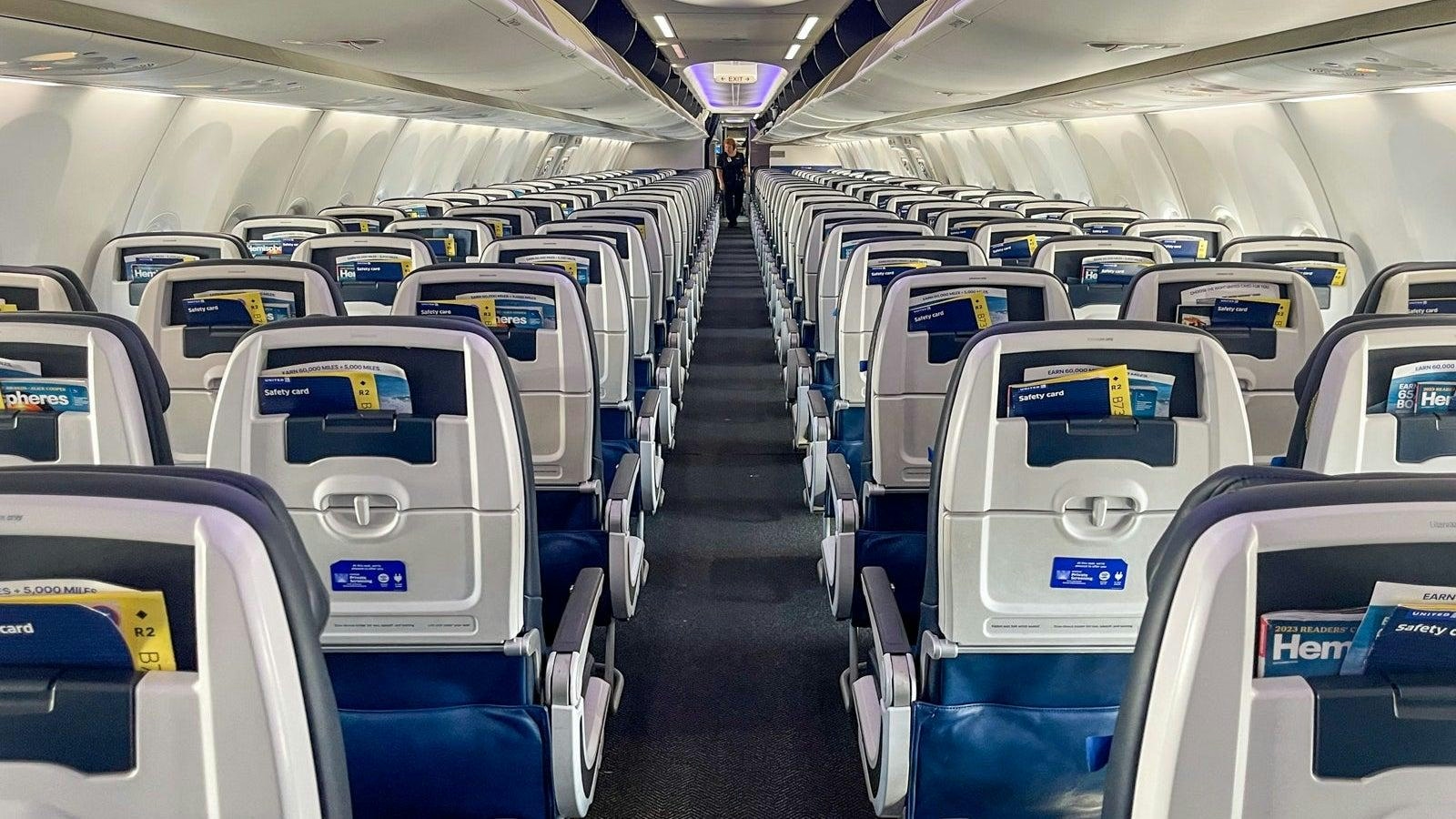
United’s 737 MAX 10s Have Flown Over 300 Hours Without Passengers

Airlines Adapt to Trade Disruptions and Supply Chain Challenges
